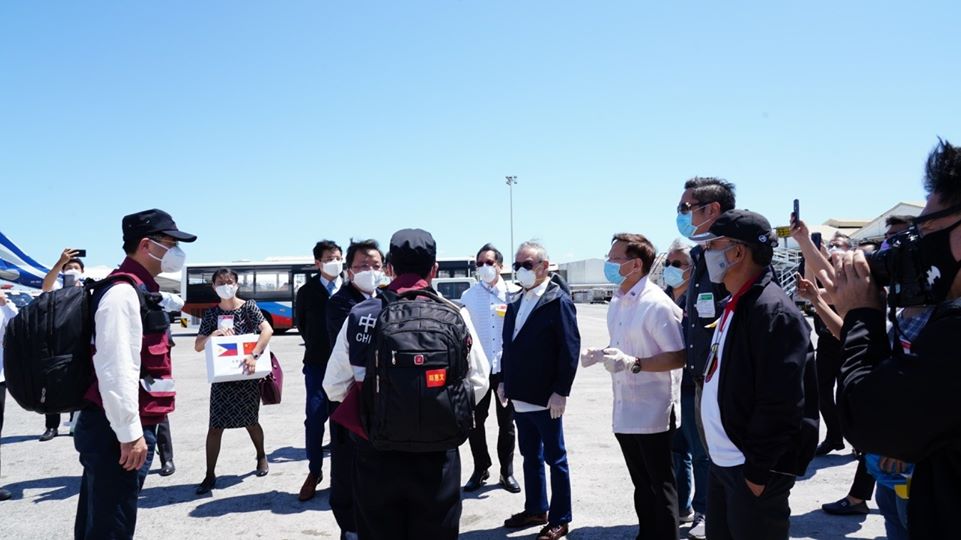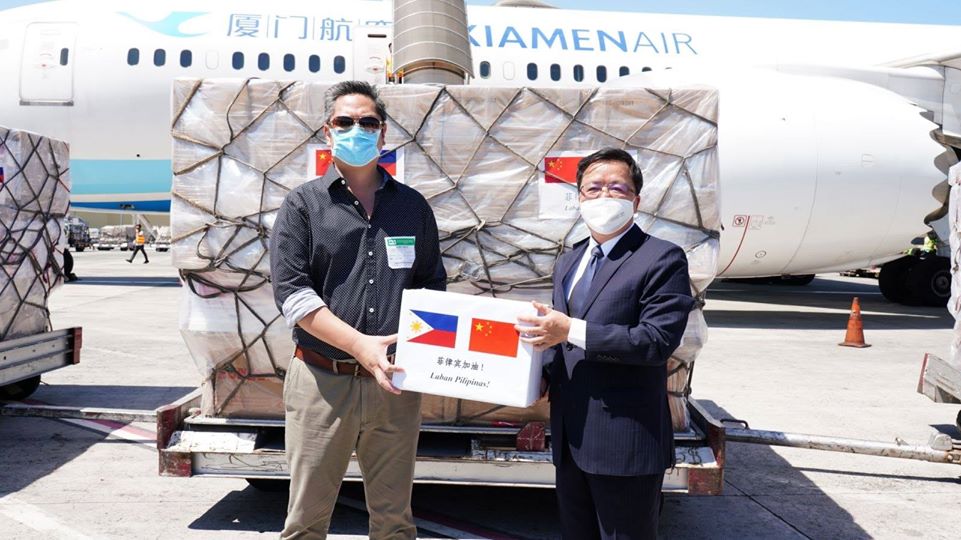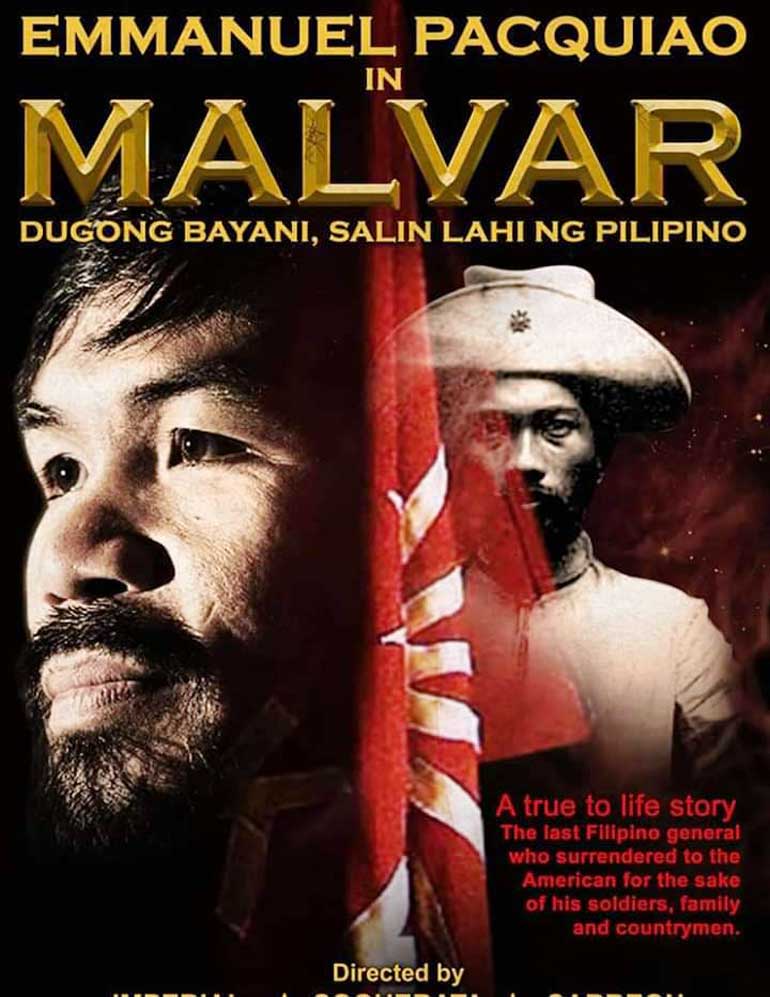Lessons from the attack on the U.S. Capitol
By Phil Wilayto
What happened last January 6 at the U.S. Capitol was a violent takeover of Congress by a fascist mob, not a “protest by Trump supporters.” And, although five people died and there were more than 50 arrests, it’s obvious to the wide public that these overwhelmingly white lawbreakers were handled much differently than they would have been had they been Black or other people of color.
You can call it an attempted coup d’etat. But it was not a sign of imminent fascism. It was a mob egged on by a deranged egomaniac enraged that he has become the only incumbent president in nearly 30 years to be defeated in an election.

Why is this important to point out? Because we need to know what we’re up against so we can be prepared to deal with it.
Fascism came to power in the 1930s in Spain, Italy and Germany because significant sections of those countries’ wealthy elites were afraid that militant workers’ movements in their own countries could lead to the overthrow of their capitalist rule. Remember, this was just a few years after the Russian Revolution.
We are not in the same situation today in the United States. In the midst of a dangerous pandemic that has led to an economic crisis for millions, and a spring and summer of sustained protests against police murders and systemic racism, the widespread anger against the system was successfully diverted into an electoral struggle between the two parties of capitalist rule. And because the ruling elite had decided it was time for Trump to go.
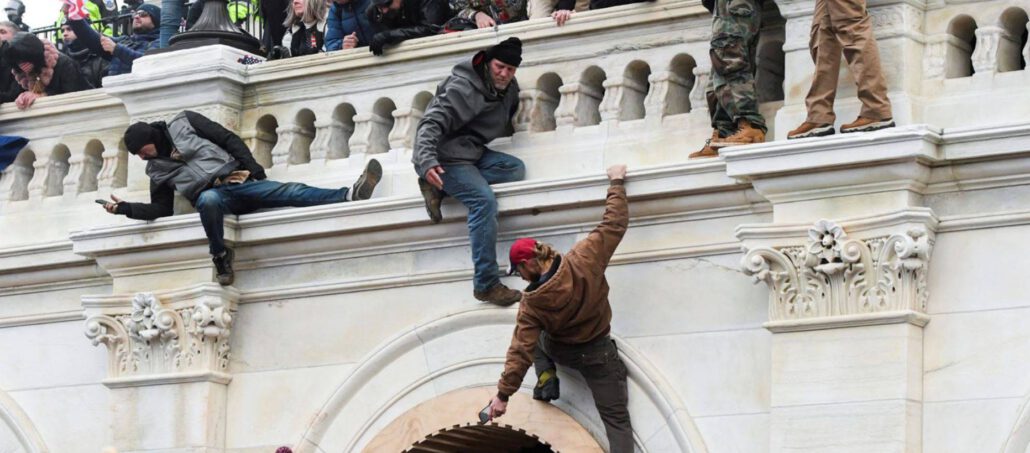
Donald Trump was allowed to become President and stay in power for four years because he was able to cut taxes for the rich, deregulate business, roll back social gains and oversee a skyrocketing stock market, all of which resulted in the very rich becoming very much richer.
Not all the elite were happy with everything Trump did, but the very wealthy can live with immigrant children left alone in cages, the steady deterioration of the environment, accelerating climate change and worsening racial oppression. They have lived with far worse since the founding of the Virginia colony in 1607.
What they could not tolerate was the steady erosion of the dominance of the United States on a world scale. The growing hostility to China by all sections of the ruling class is because that country, which still has significant state control over important sections of the economy, is making a serious bid for world economic dominance, and Trump has been letting it happen. The U.S. is no longer seen as the leader in technology, finance, even health care. Its only remaining serious claim to “leadership” is as a military power, albeit one that is now abandoning the longest war in its history because it couldn’t defeat a reactionary but determined enemy in Afghanistan, the 16th poorest country in the world.
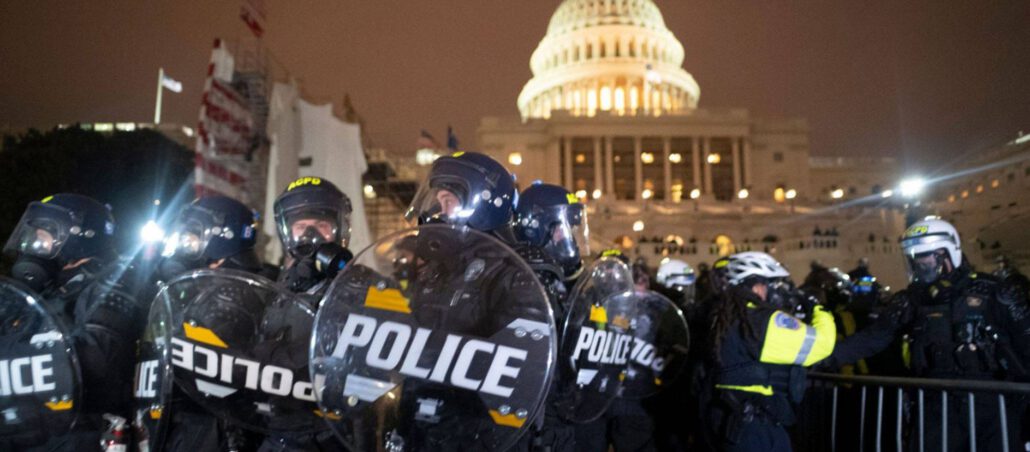
So the ruling class came up with a safe alternative, an establishment figure who has long proven his commitment to defending and expanding the American Empire – Joe Biden. In the long run, this is more important to the one percent than tax cuts and short-term profits. The transition has been threatened because of the deep divisions in the country, but even Trump has now committed to a “peaceful transition of power” on Jan. 20, Inauguration Day.
So how does all this relate to the mob action of Jan. 6. in Washington, D.C.?
What we need to look for is any support for an actual or even symbolic coup by some section of the ruling class, as would be evidenced by involvement of any significant section of law enforcement or the military. If that involvement existed, it wasn’t evident.
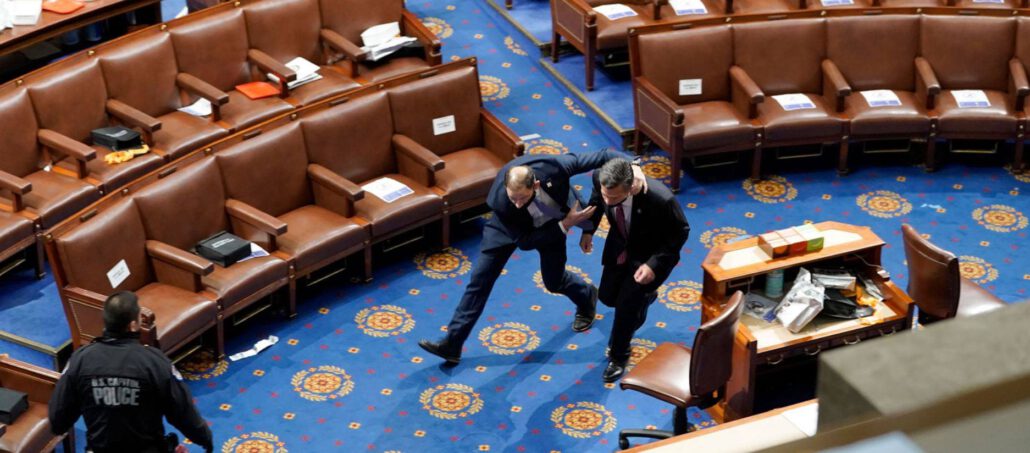
Yes, the Capitol police proved woefully unprepared for the attack most likely because they didn’t view overt fascists as threatening as they had earlier Black Lives Matter protests. Yes, there were reports of individual police officers taking selfies with members of the mob and opening barriers to allow them into the Capitol. But when the D.C. National Guard was activated and joined by hundreds of state troopers from Virginia, Maryland and even New Jersey to assist Capitol and D.C. police in removing the mob, they responded. Officers fought with mob members, one of whom was fatally shot. Three other people died from what have been described as medical conditions. One police officer died from injuries sustained in the confrontation.
This is important to note because cops and the military take their orders from higher-ups, and evidently there was no high-level support for the attack on Congress.
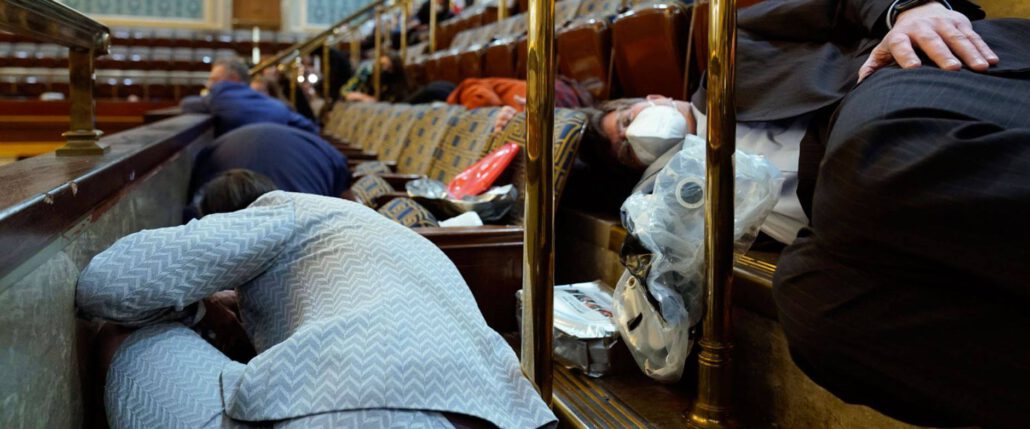
And since these events there have been condemnations of the attack from across the political spectrum. Seven of the 13 senators who earlier had said they would challenge electoral votes from a handful of states withdrew their support for that effort. Senators Ted Cruz (R-TX) and Josh Hawley (R-MO), leaders of the senate rebels, both tweeted condemnations of the mob action.
Among business leaders, the National Association of Manufacturers, representing leading Fortune 500 companies like Exxon and Toyota, called for ousting President Trump under the 25th Amendment, which allows for removing a sitting president deemed incapable of executing the duties of the office. No significant section of the ruling class supported the violent invasion of the Capitol.
But none of this means the mob action wasn’t an extremely serious, dangerous and unprecedented development. In Washington, D.C., and at state capitols around the country, thousands of right-wingers came out to oppose what is called the democratic process. In D.C., hundreds showed they were willing to physically confront police officers, openly breaking the law – and windows – and risk arrest and even death to push their agenda.
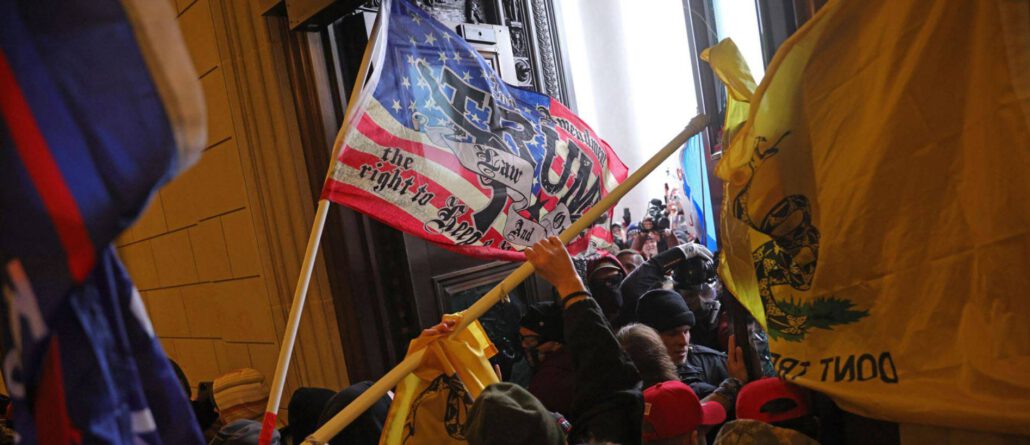
And it’s important to note that, while seven of the 13 U.S. Senators abandoned their challenge to the electoral votes of some states, six maintained their opposition. This doesn’t only mean they were pandering to a reactionary voter base. It also means they weren’t worried about losing financial support from the corporate interests who largely fund them, which means there are sections of the ruling class who, while not necessarily supporting the mob actions, still continued to support what essentially was the legal version of the mob attempt to overthrow the presidential election.
This time, the police, national guard and military opposed the action. We can’t assume this will always be the case.
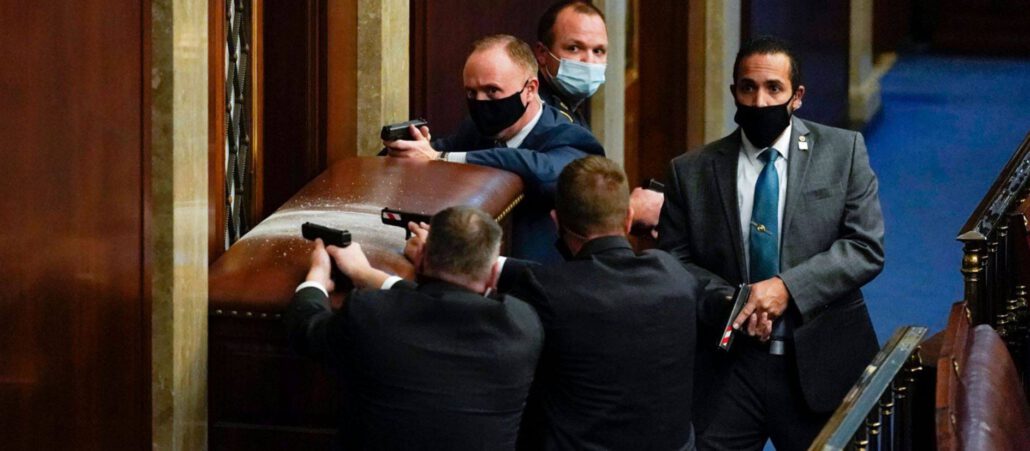
What should concern us more is that we now know – if we needed any more proof after Charlottesville – that there is a growing fascist movement in this country violently opposed to everything a progressive movement stands for. That fascist movement attempted to congeal at the “Unite the Right” rally of August 2017, but suffered a major setback when anti-racists, primarily youth, came out to oppose it. That counter-mobilization was critical, since the local, county and state police and Virginia National Guard were all under orders to stand down. (Thank you, then-Gov. Terry McAuliffe.) And, unlike during the Black Lives Matter protests this summer, it was correct for white youth to take the lead in engaging the fascists. (The Defenders are proud to have been in the thick of those confrontations.)
But that right-wing movement has since recovered, grown, and has broadened beyond the overtly fascist organizations to include thousands of largely unaffiliated individuals euphemistically referred to as “Trump supporters.” These overwhelmingly white men may have some legitimate grievances against the anti-working-class neoliberalism policies of the Democratic Party, but they are moved to violence primarily by their own white-supremacist hostility to the Black community, immigrants, LGBTQ people, women and the Left. They are here, they are growing in numbers and the police will not always be willing – or inclined – to stop them from attacking their targets.
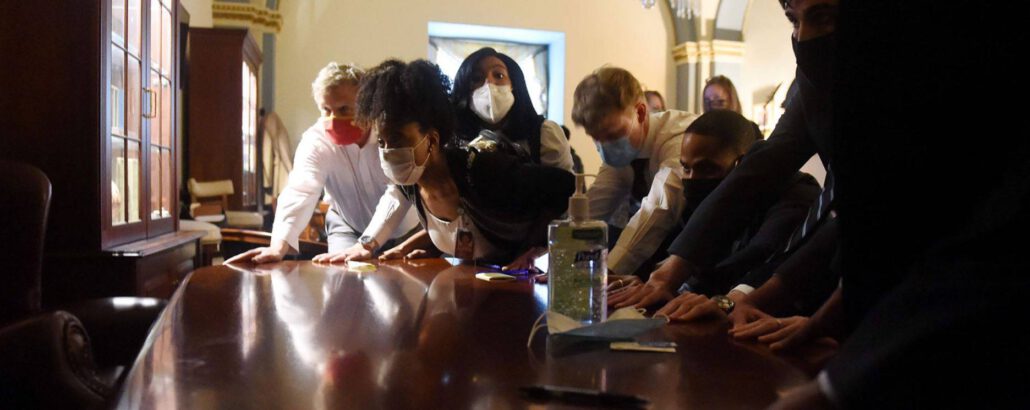
In response to yesterday’s events, there have been a lot of comments on social media suggesting that this was a confrontation between reactionary civilians and reactionary cops and of no great concern to the Black community. This is a dangerous conclusion to draw.
The rise of the Nazis to power in Germany is most closely associated with the Holocaust, which took the lives of six million Jews – one-third of European Jewry. But Jews were not the only people targeted by the Nazis, nor were they the first. The first target was the German Communist Party, which at the time was the largest communist party in the world outside of the Soviet Union, a fact which terrified the ruling class.
This fact was driven home to me in very graphic ways a few years ago when my wife, Ana Edwards, and I visited the government-run Auschwitz-Birkenau Memorial and Museum in Poland. Even under the reactionary populist rule of the federal Law and Justice Party, the plaques and signage made it clear that communists were the first to be arrested, imprisoned in concentration camps like Auschwitz and tortured, worked to death or simply murdered. Jews who thought the repression would stay merely political would be tragically corrected.
In a similar way, the fascists who gathered in Charlottesville in 2017 claimed they were defending “Southern Heritage” and opposing Antifa (a left-wing anti-fascist and anti-racist political movement). But when their rally was finally shut down by the cops (McAuliffe’s plan evidently was to let things get out of control so the rally could be suppressed without the city or state being sued on First Amendment grounds), they regrouped to march on a nearby Black housing development. Hearing the reports of those plans, anti-racists, including the Defenders, mobilized to block them. That’s what Heather Heyer was doing at that intersection when she was fatally struck by a car driven by one of the fascists. She died defending the Black community, a fact that has never received its proper recognition.
In short, while their stated enemy may be Antifa, anarchists and communists, today’s fascists are fundamentally white supremacists deeply afraid of being “replaced” by the changing demographics that are projected to make the United States a country of majority people of color as soon as 2040.
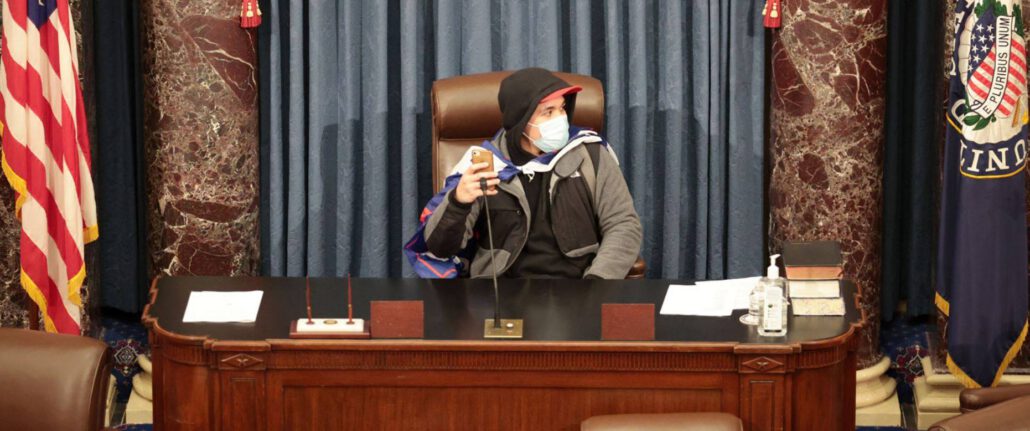
Conclusions
So what conclusions can we draw from all this? What are the practical consequences? Because it’s not enough merely to analyse the situation – we need to decide what to do.
These times are crying out for an independent, multi-issue, anti-imperialist organised Left that can develop and promote a program to unite all working people and communities of color, a program that emphasizes class solidarity while promoting the right to self-determination of all oppressed peoples. And that movement must have the capability of physically defending itself from threats from the fascists. To date, our side has been woefully inadequate on that score.
Our people aren’t lacking in courage, we are lacking in numbers, organization, resources and a unified program. Decades of raising the tactic of nonviolence to the level of a moral principle has effectively disarmed large sections of the progressive movement to the point where some activists believe that defending themselves and their communities means “sinking to the level” of the right wing. Years of promoting the idea that the Democrats could be a bulwark against the Right has weakened the understanding that real defense can only come from an independent movement. And the rise of the non-profit complex, with its dependence on liberal funders tied to the Democrats, has contributed to the demise of the anti-war, anti-imperialist consciousness that was a hallmark of the independent, multi-issue, multi-racial militant movements that led the historic struggles of the 1930s and 1960s.
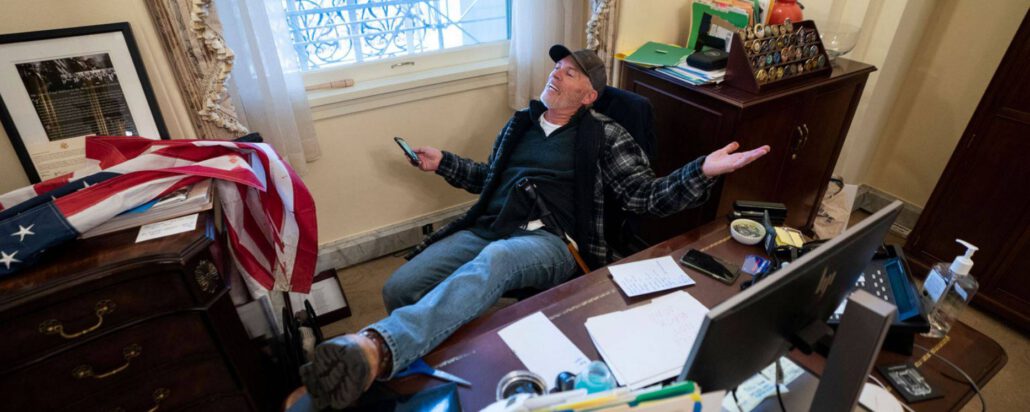
So as we look over the events of Jan. 6, we shouldn’t draw the conclusion that we are on the edge of a fascist takeover. But neither should we ignore the very real and growing threat of a genuine fascist movement.
Much will depend on the emergence of a charismatic leader who can really unite the right. That could be Trump, if he decides to go that route instead of just going back to being a corrupt, venal businessman. Personally, I think the fear-of-prosecution-fueled speech he gave Jan. 7 condemning his loyal mob for “infiltrating” the Capitol probably ended his chances of becoming the American Fuhrer.

At any rate, more will depend on a significant section of the ruling class deciding that an extra-legal paramilitary force is needed to suppress a threatening Black or general working-class rebellion. Some will depend on those sections willing to finance such a movement. This is how fascist organizations emerged in Ukraine before, during and after the right-wing, U.S.-supported coup of 2014 that supposedly supported democracy but resulted in an even more authoritarian government. (https://odessasolidaritycampaign.org)
But whether or not any of that develops, what is clear is that the Left needs to greatly broaden its influence as well as its practical ability to defend itself, its events, its organizations and the community at large from the determined right-wing streetfighters that we now cannot deny exist.
To ignore that threat is to contribute to our own defeat. #
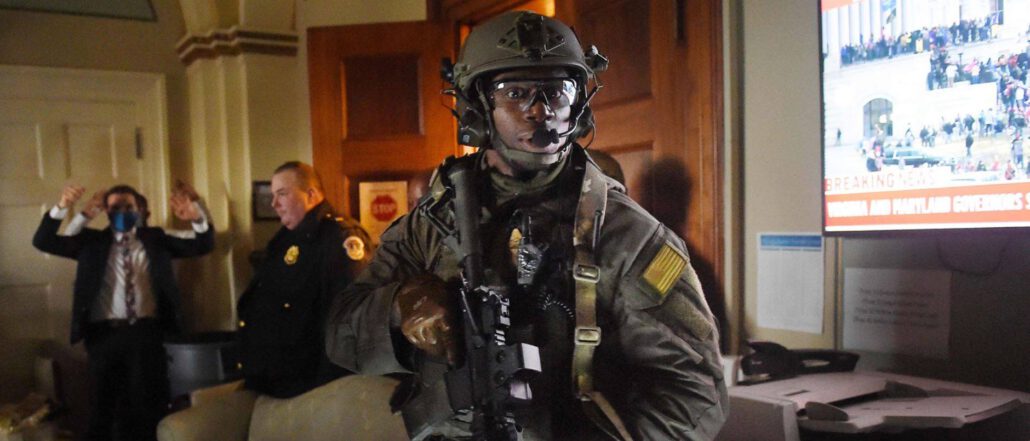
= = = = = =
This opinion piece, earlier published by US-based Red Vis Lamp, was submitted for republication by Kodao.
Phil Wilayto is a co-founder of the Virginia Defenders for Freedom, Justice & Equality, editor of The Virginia Defender newspaper and coordinator of the anti-fascist Odessa Solidarity Campaign. He can be reached at [email protected].




